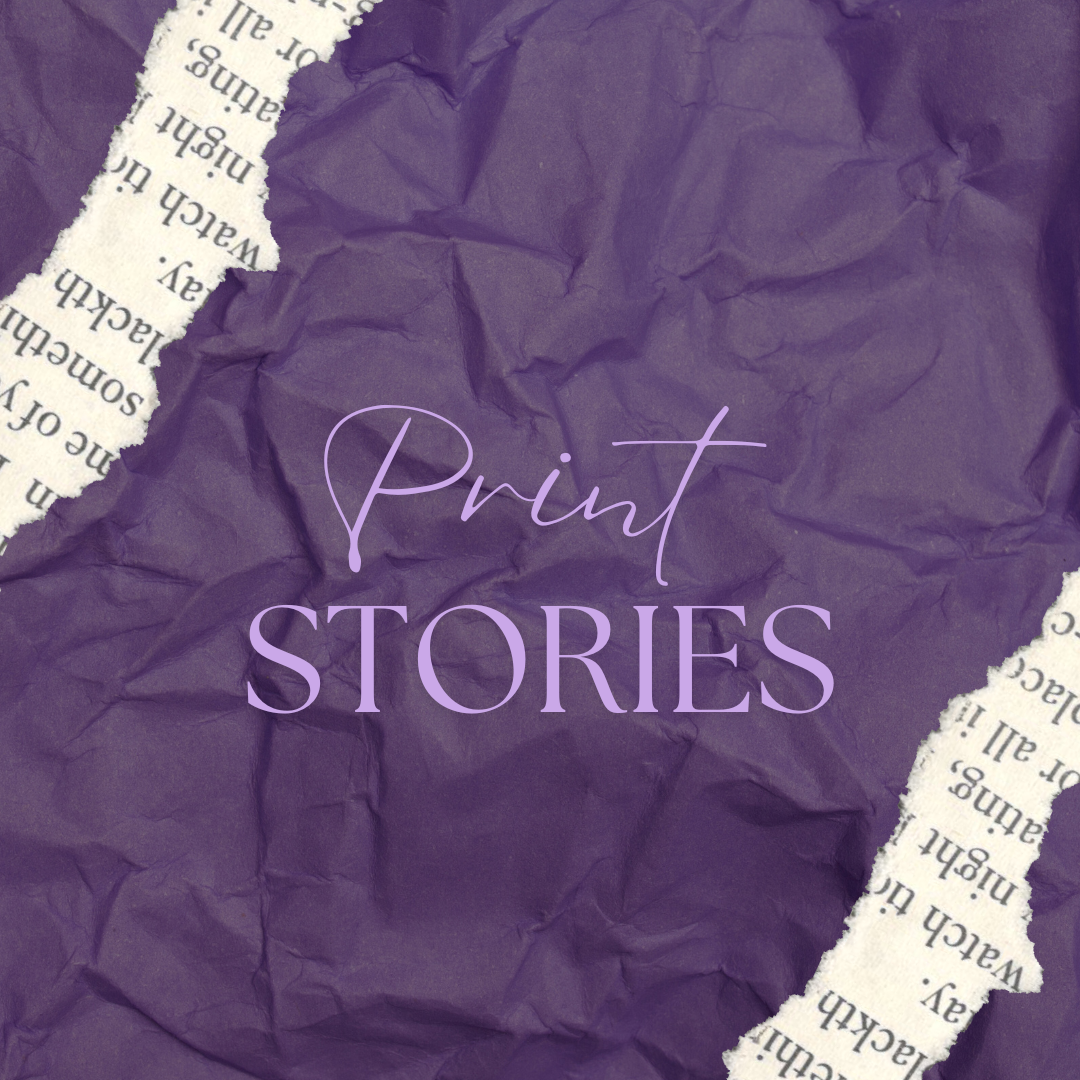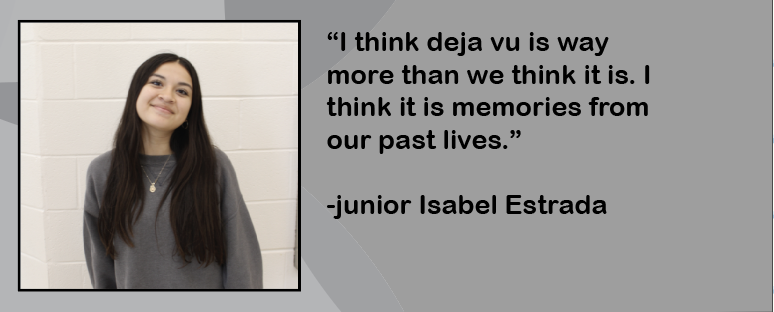Picture books are one of the foundations of childhood. I can vividly remember sleeping over at my grandparents’ house and begging my grandmother to read me just one more book. We read books from Amelia Bedelia by Peggy Parish to The Monster at the End of This Book by Jon Stone. However, I haven’t read any picture books since early middle school. Reading them now is very different because I’m not just focused on the pretty colors or funny jokes, but instead, I’m thinking about the meaning and the plot of the stories. Picture books are written and targeted for children, but why do teenagers and adults feel like they have to give them up simply because they think they have outgrown them? I decided to read some picture books with the purpose of looking at them through a teenager’s eyes to see how they change without us being the target audience.
When I recently read the book Never Let a Unicorn Scribble! by Diane Alber, I thought this was the cutest picture book that I’ve read in a long time. The story follows a little girl and her pet unicorn. She heard from others that “you should never let a unicorn scribble,” and after giving her unicorn a crayon, it scribbled all around her room. In the last couple of pages, it was revealed that the unicorn was just a stuffed animal, and the little girl’s imagination created the whole scene. I felt this was a cute story because it showed how imagination is very important for kids, but the value doesn’t go away just because we’ve gotten older.
Another book I read was Pinkalicious by Victoria Kann and Elizabeth Kann. The book follows a little girl who made pink cupcakes, and she was told by her parents to have only one. She didn’t listen, however, and ate too many cupcakes, resulting in her turning pink. The solution to her “pinkititis” was to eat lots of vegetables to turn her back to her normal skin tone. While I think the book does a good job of telling kids to eat healthy, I don’t think this book has a lesson to be learned by anyone other than kids. As people grow up, their pallet changes, so reading about a book that pushes kids to eat well doesn’t serve a purpose for older people who have been in the habit of doing that for years.
The Giving Tree by Shel Silverstein is about a tree who continues to give pieces of herself, like branches, leaves and her trunk, to a boy over his lifetime. The tree ends up being reduced to a stump, and the boy lived a long, healthy life due in large part to the resources given to him by the tree. The book’s obvious purpose is to show children that sharing is caring, but I don’t think this is an effective message. It demonstrates someone giving away vital parts of themselves just because someone else needs them, which isn’t always a good lesson. Even though kids are taught to share, there’s a difference between sharing objects so people don’t feel left out and giving away parts of yourself that you value most.
Like The Giving Tree, I feel The Rainbow Fish by Marcus Pfister also inaccurately portrayed the message that “sharing is caring” by making the main character give too much of themselves away. This book is centered around a fish with shiny scales that everyone admires. When another fish asked for one of his scales, the Rainbow Fish said no at first but later changed his mind and gave all but one of his scales away to other fish. “Finally the Rainbow Fish had only one shining scale left. His most prized possession had been given away, yet he was very happy,” the book said on the final page. I don’t understand this. How could someone give away the things they love most but be happy about it?
Both books have exaggerated representations of how kids should share, and I feel they went too far with it. No kid should be taught to give up what they love most to make others happy. This can lead to kids giving up too much of themselves to the point where it damages them, and it can negatively affect their future.
As a teenager reading The Giving Tree, it felt kind of boring. The pages had no color, and each scene was focused on the tree, so there weren’t many changes every time I flipped the page. I felt The Rainbow Fish was more on the silly side. The illustrations of the fish have big lips and tiny eyes. They reminded me of the fish in the movie Shark Tales. The book did keep me entertained with the bright colors and longer sentences on the pages. I also liked the shiny scales on each page because they had a different texture than the other parts of the page.
On another note, kids’ books use a different structure and vocabulary than books that teenagers and adults are used to. In adult books, sentences are more advanced and don’t feel as choppy because they are meant to flow together. In The Giving Tree, the sentences on each page are short. They’re evenly spread across two pages. I think this makes the book harder to read because the thoughts that should flow together in one sentence are divided by the turning of a page.
Overall, I enjoyed revisiting an activity from when I was younger. Picture books can be for anyone of any age, and they shouldn’t just be for children. While the messages don’t hold as much weight and don’t fit into adult life the same way they do into kid life, they don’t take too long to read, they don’t require too much comprehension and they’re great for giving someone a quick smile.








